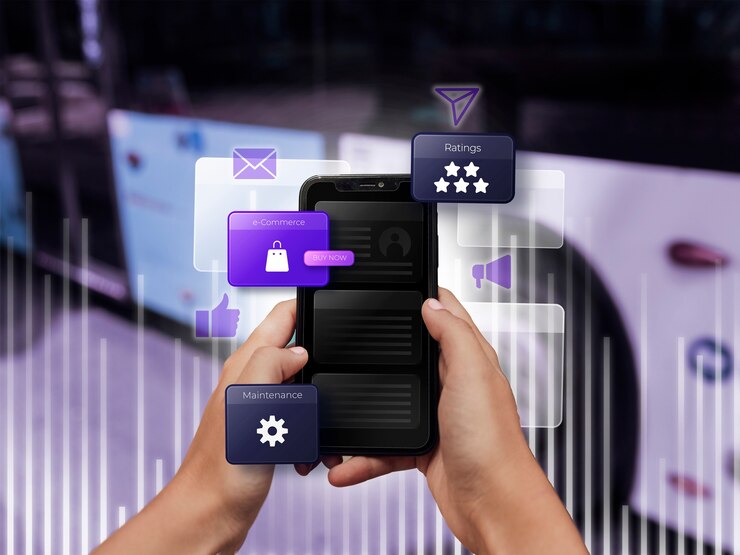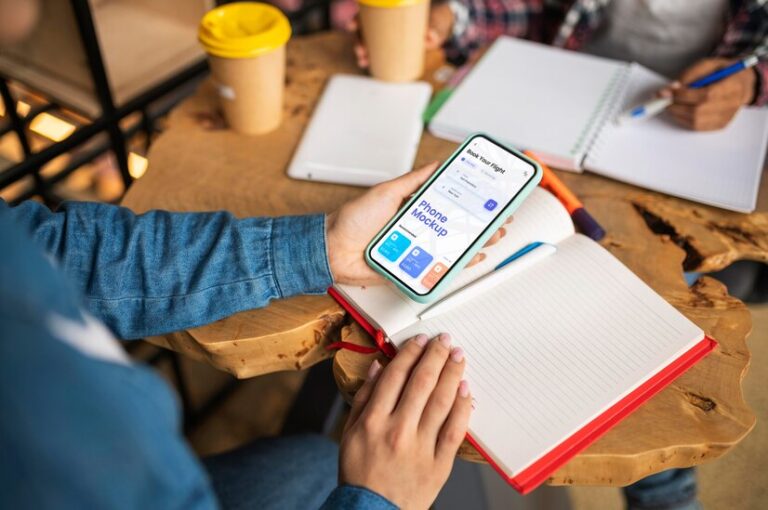4 Unique Factors to Consider in Mobile App QA Testing
It’s a common myth that mobile app testing is easy and quick as compared to desktop app testing. However, both mobile and desktop apps are built upon the same programming codes and are hosted on the same servers, and both have to meet the same user expectations in terms of accessibility, loading speed, and user-friendly interface.
But when it comes to the strategies and challenges associated with mobile app QA testing, you realize that mobile app quality assurance is fundamentally different from the desktop application. And this is where mobile app QA testing requires a unique and strategic approach. It is not reliable to use the same software testing methodologies for the mobile apps that are used for desktop apps.
This blog explains the 5 undeniable factors that require more attention to detail than desktop app testing and how they can improve the security and user experience.
Here are the 5 Undeniable Factors to Consider in Mobile App QA Testing
Biometric Authentication:
Biometric authentication is gaining so much popularity in this vast world of mobile apps to provide highly secure mobile apps that deliver great user experience. It is the process that involves validating the user data during sign-up and authenticating their transactions. It is quite essential in banking and financial institutions to make the user experience both secure and convenient.
For end-to-end testing coverage, mobile app QA teams check the real journeys through different mobile devices. A mobile app quality assuranceteam validates biometrics in real-time and ensures a high-quality user experience through mobile applications.
Voice Recognition:
With the evolution in technology for secure mobile applications, many companies have started adding voice recognition or voice assistance systems as one of the significant features in their mobile applications. Banking is the major sector that has incorporated this feature earlier. This allows customers to save their time while allowing the company to streamline basic baking operations.
Due to growing popularity, retailers and grocery stores are also hoping to incorporate voice recognition features with major platforms such as Google Voice, Alexa, and Siri to interact with customers.
Accessibility:
Accessibility testing plays an integral part in the higher accessibility and performance of mobile applications. With accessibility testing, the QA team can ensure that the mobile application meets all the needs of the users. It is important to test text contrast, labels, dynamic font size, view hierarchy of UI, and hit area size.
Most accessibility mobile app QA testingis performed manually by experts. In addition, some companies outsource accessibility testing from third-party service providers. Accessibility testing is not performed frequently as required, which leaves a risk of escaped bugs and additional charges.
Quality Visibility:
Most of the mobile app developers enforce quick releases of the new features but that need to be validated earlier and faster. Validating the mobile app quality continuously and quickly can only be performed through smart test automation. There are certain quality considerations and constraints that need to be checked as per the type of mobile application. These can be market events. coverage needs, tools, and much more.
It is not possible to assess the factors that you can not see. In such a scenario, quality visibility comes into play. It allows for defining proper KPIs for mobile app quality and productivity. QA teams constantly review them to ensure the company grows with the company’s maturity of the mobile application.
Mobile UX Measurements:
Nowadays, users have higher expectations of the extensive features of mobile applications than ever. Thus, it is crucial to invest in top-notch features to deliver positive user experiences and perform thorough testing for the same. Performing load testing is important to check the mobile UX. Without it, you can not ensure the app’s performance during high traffic as well as low traffic.
Neglecting load testing can result in app crashes and sometimes cause slow performance. You can simulate real-time scenarios while performing load testing and ensure your mobile apps are performing well in different types of load conditions.
The Final Words
With the growing demand for intuitive mobile app development to fit the unique needs of today’s customers, the need for more comprehensive mobile application testing is also growing. Building top-notch mobile applications with features such as two-factor authentication, biometrics, voice recognition, network virtualization, image injection, and geolocation, is only possible when you perform thorough tests to ensure flawless UX. Otherwise, there is a risk of launching an app with faulty features.
Well, you can hire a mobile app quality assurance team that can perform end-to-end testing for a seamless experience while resolving the challenges for mobile app speed, response time, and interface.







